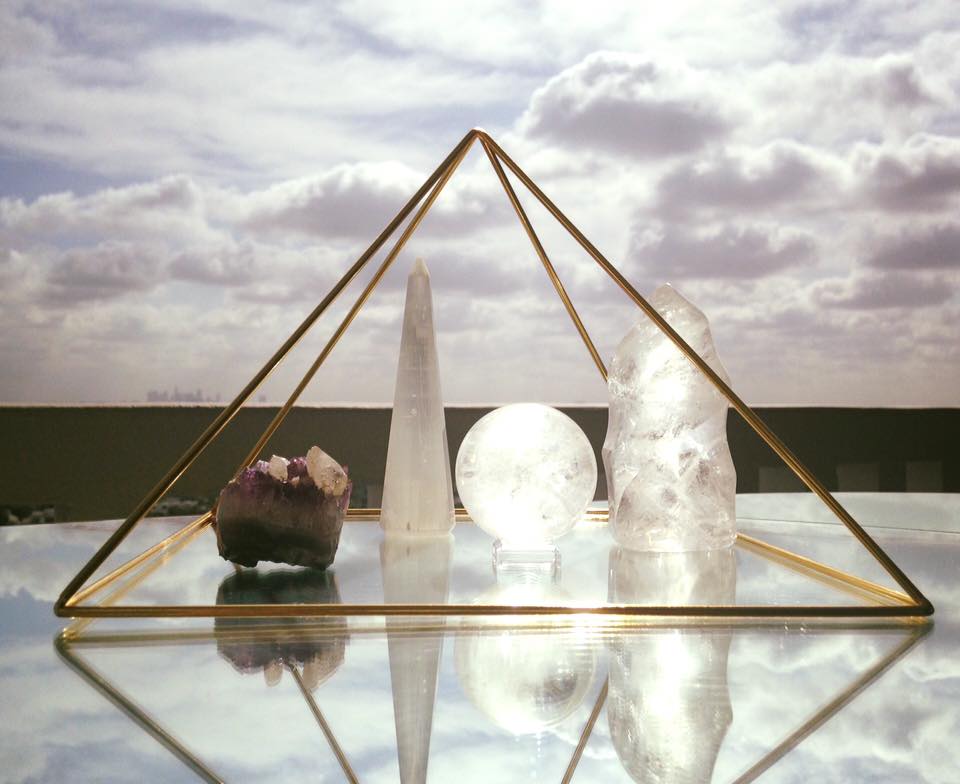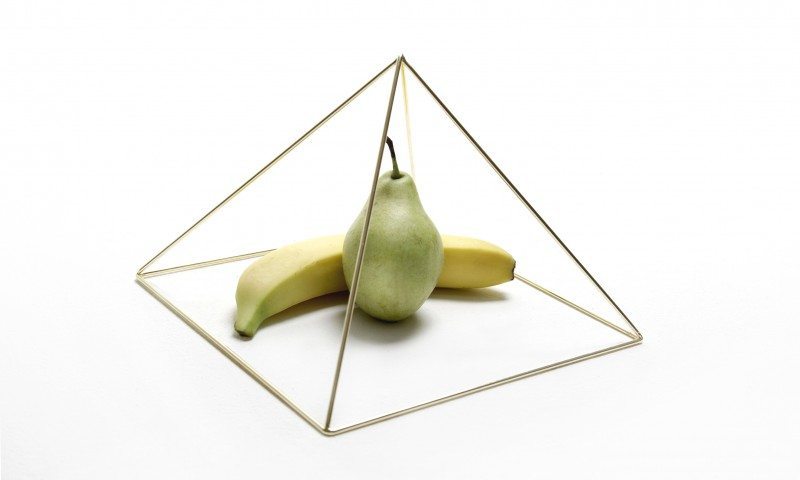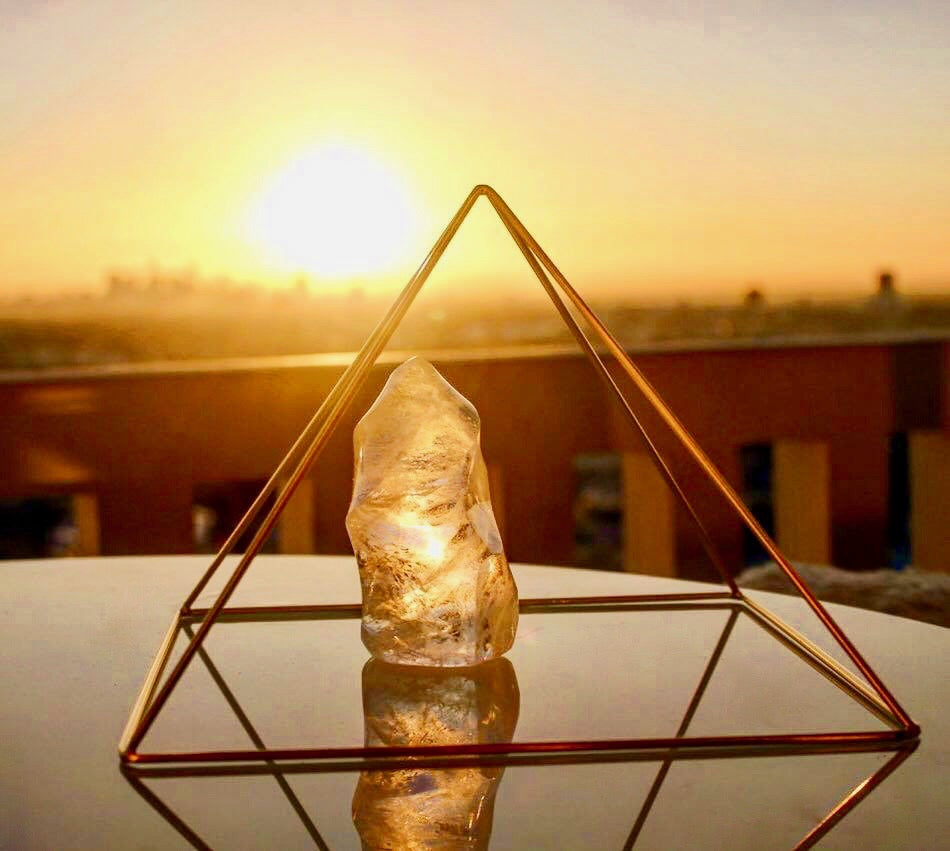
Winter Solstice December 21, 2024
Share
 As the year draws to a close and nature prepares for a period of stillness and reflection, we find ourselves at the cusp of the winter solstice. On December 21, 2024, the Northern Hemisphere will experience the shortest day and longest night of the year, marking a celestial event that has been celebrated by various cultures throughout history. The winter solstice is a time of transition, symbolizing the triumph of light over darkness and offering a moment for introspection and renewal.
As the year draws to a close and nature prepares for a period of stillness and reflection, we find ourselves at the cusp of the winter solstice. On December 21, 2024, the Northern Hemisphere will experience the shortest day and longest night of the year, marking a celestial event that has been celebrated by various cultures throughout history. The winter solstice is a time of transition, symbolizing the triumph of light over darkness and offering a moment for introspection and renewal.
The winter solstice occurs when the Earth's axial tilt is farthest from the sun, resulting in the least amount of daylight for those in the Northern Hemisphere. This celestial phenomenon marks the official beginning of winter, and its name is derived from the Latin words "sol" (sun) and "sistere" (to stand still), emphasizing the sun's apparent halt in its journey across the sky.
Throughout history, the winter solstice has been observed with various rituals and festivities, often centering around the themes of light, rebirth, and the enduring spirit of hope. One of the most well-known celebrations is Yule, originating from ancient Germanic and Norse traditions. Yule festivities include the lighting of candles, bonfires, and the decoration of homes with evergreen plants symbolizing life's continuity.
In ancient Rome, the festival of Saturnalia took place around the same time, honoring the god Saturn. This period of merriment, gift-giving, and feasting inspired many of the customs associated with modern Christmas celebrations.
While some may not be directly tied to historical traditions, the winter solstice continues to be acknowledged and celebrated in various ways around the world. In some Native American cultures, solstice celebrations involve communal ceremonies, storytelling, and dances that honor the interconnectedness of nature and humanity.
The winter solstice invites us to embrace the stillness and quiet that winter brings. It serves as a natural pause in the rhythm of life, urging us to reflect on the past year, acknowledge personal growth, and set intentions for the coming months.
As the darkness envelops us on December 22, 2023, let us remember that it is only a temporary state. Just as the Earth continues its orbit, bringing the promise of longer days and the return of warmth, so too can we navigate the cycles of our own lives with resilience and hope.
Southern Hemisphere - Summer Solstice
While the Northern Hemisphere experiences the winter solstice, its counterpart in the Southern Hemisphere celebrates the summer solstice on December 22, 2023. As the Earth's axial tilt brings the Southern Hemisphere closest to the sun during this period, the region enjoys the longest day and shortest night of the year. In places like Australia and New Zealand, where the sun's intensity is particularly felt, communities come together to honor the power of sunlight, growth, and abundance. The Southern Hemisphere's summer solstice represents a time of joy, warmth, and the flourishing of life, complementing the wintry reflections experienced in the Northern Hemisphere. Together, these solstices symbolize the delicate balance of nature and the cyclical dance of light and darkness that unites the entire planet.
The winter solstice, is a celestial event that transcends cultural and religious boundaries, offering a shared moment of reflection and celebration. Whether through ancient traditions or contemporary observances, this day invites us to find meaning in the darkness, embrace the beauty of winter, and look forward to the renewed light that will gradually emerge on the horizon. As we gather with loved ones or contemplate in solitude, let us cherish the interconnectedness of humanity and the eternal dance between light and shadow that defines our existence.
Healing Energy Tools
RAISE YOUR VIBRATION! Learn how does the Pyramid Energy works and how you can raise your vibration with a Meditation Pyramid. Read more Here
Check our NEW Sacred Geometric Collection Here
























